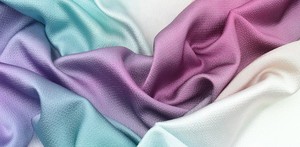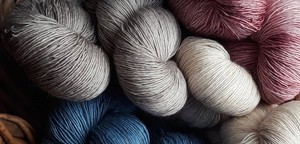- Clothes
- Bags
- Accessories
-
Inspiration
- Shoes
Is Cotton Bad for the Environment? The No-Fluff Truth!
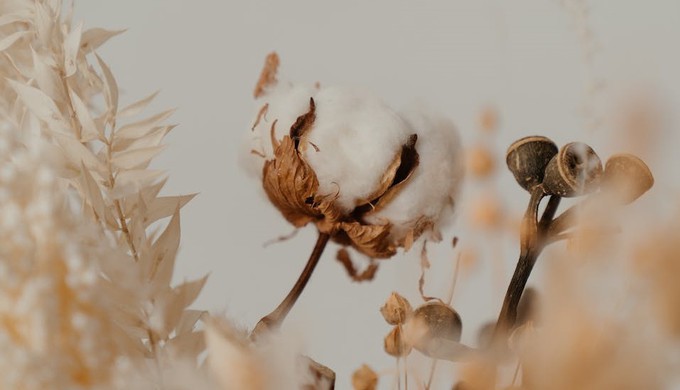
Natural, vegan and biodegradable: cotton has all the credentials to be a sustainable fabric. Is it, though?
Ehh, not really.
Actually, scrap that. This seemingly harmless and fluffy fibre is one of the WORST fabrics for the planet (crazy, we know!).
So, let’s see why cotton is bad for the environment and what you can choose instead.
Negative impact of cotton production: why is cotton bad for the environment?
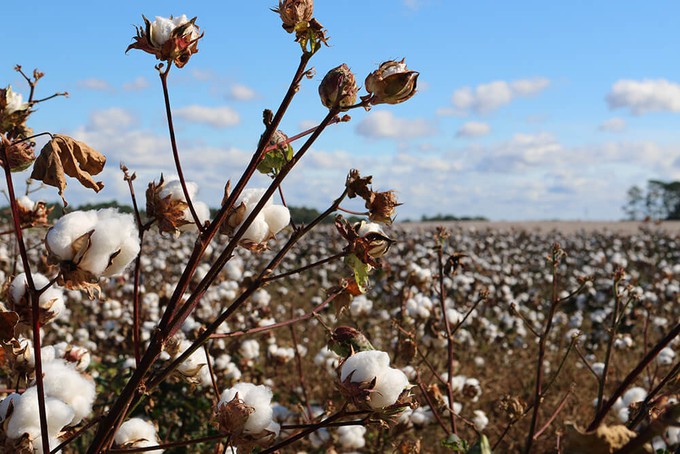
Overall, conventionally grown cotton is bad for the environment because it requires too much land, energy and water. It also involves harmful chemicals and contributes to climate change.
But let’s look at these issues individually.
Toxic chemicals
Cotton uses 6% of the world’s pesticides and 16% of all insecticides—which is more than any other crop.
These are harmful to the soil, release greenhouse gases, and pollute drinking water. Some of their chemicals can actually stay in soil and water for years, infiltrating our ecosystems and food chain. Ewww!
As well as cotton being bad for the environment, some of these toxic substances are dangerous for humans too, from cotton farmers to local communities. Long-term exposure to pesticides can cause health problems like impaired memory, headaches, insomnia, infertility, embryo malformation, and higher risks of cancer.
And let’s not forget that fast fashion cotton clothes tend to involve toxic dyes, too. So, when you wear them, you could experience allergic reactions or endocrine disruption.
Water usage and pollution
As you now know, the pesticides and chemicals used in cotton production can pollute drinking water. But that’s not even the only problem!
Cotton requires HUGE amounts of it: we’re talking 2,700 litres of water to make a single cotton t-shirt (let that sink in).
The consequences?
- Scarcity of drinking water – Because it’s directed to cotton farms, that water is taken away from local communities and ecosystems
- Impact on bodies of water – For example, the Aral Sea lost 85% of its volume due to decades of intensive cotton irrigation
Use of land
Not ‘just’ water: another reason why cotton is harmful for the environment is that it requires a lot of land, too.
So, more and more large habitats, grasslands, and forests are getting converted for agricultural use. This means:
- Higher carbon emissions – Unfortunately, that’s what happens when you get rid of forests and vegetation that store carbon
- Damaged habitats – Cotton production has a negative impact on biodiversity
Degraded soil
On top of requiring plenty of land, cotton crops don’t even leave it the way they “found it”: they damage it.
Intensive production + high quantities of water = soil degradation and salinisation.
What does that mean in practice? That other plants will struggle (or downright fail) to grow there.
The biodegradability issue
Yes, the fluffy fibres that form cotton bolls are fully biodegradable and compostable (hurray!).
But when they’re treated with certain chemicals or mixed with synthetic materials? They lose this sustainable property (ouch).
Unfortunately, this is extremely common, especially in fast fashion. How many times have you seen a label saying polycotton or “65% Cotton, 35% Polyester”?
GMO cotton
Around half of the world’s cotton is genetically modified.
Technically, this means fewer pesticides because it’s resistant to many insects.
“That’s good then, isn’t it?”
Well, unfortunately, other pests have thrived as a result.
So, the use of GMO cotton is having a knock-on effect on some insect species and biodiversity.
Greenhouse gases and carbon emissions
Fertilisers, turning forests into agricultural land, intensive water irrigation systems that require plenty of energy…
For all these reasons (and more), the production of cotton contributes to climate change by releasing high quantities of greenhouse gases.
We’re talking about 220 million tonnes a year. To put it into perspective, one tonne of CO2 is like a 500m3 hot air balloon. Now, try and imagine 220 millions.
Conventional cotton is bad for the environment and human rights
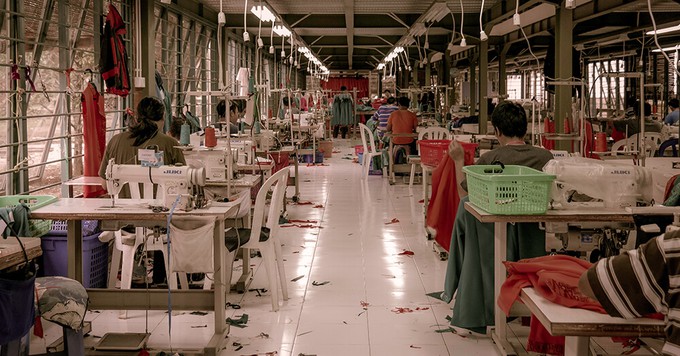
And we’re not ‘just’ talking about the health problems caused by pesticides.
- Modern slavery – 29.8 million people are trapped in modern slavery conditions, and a large portion is directly linked to cotton production. For example, a fifth of all global cotton supply is grown in the Uyghur region in China: that’s where over one million workers are detained and forced to work, with no freedom to leave
- Child labour – Sadly, this can happen at any stage of the supply chain, but 71% of all child labour is found in agriculture, especially cotton crops
So, not only is cotton clothing bad for the environment: its production is also often unethical and problematic for human rights.
What’s the solution, though? Stop buying cotton garments altogether?
No. But you can choose to avoid conventionally-grown cotton and look for its more sustainable ‘cousins.’
Let us introduce them to you.
Alternatives to traditional cotton (that are better for the environment)
Recycled cotton
Some brands recycle existing cotton fabric (like old pairs of jeans) and turn it into new cotton fibre. Then, they use it to create new garments. This is much better for the environment!
- Bypassing the production stage – Recycling cotton requires less energy and resources
- Reducing waste – It also saves old cotton textiles from landfills
Organic cotton
It doesn’t remove all the problems caused by cotton crops and production. After all, it still involves growing it from scratch.
But organic cotton can be better for the environment:
- No GMO – It’s not genetically modified
- No toxic chemicals – Its production doesn’t rely on pesticides and toxic substances
- Soil regeneration – Weeding is done by hand to promote it
- Dyes – It uses natural or water-based dyes
- Less water – Because it relies more heavily on rain and groundwater, organic cotton tends to use less freshwater compared to traditional crops
However, make sure to look out for certifications (for example, through third-parties like GOTS and BCI) or more information on how the organic cotton is grown. Organic cotton means that the crop is less efficient and often more cotton is needed to produce the same amount of usable cotton. Sometimes this balances out the positive impacts of organic cotton.
Otherwise, ‘organic’ cotton can also involve dodgy shortcuts, such as using even more water and land to make up for the lack of fertilisers.
Cotton in conversion
When a farmer decides to switch to organic cotton, it takes a few harvests before the cotton is actually recognized as organic.
This means that it's quite a big step for farmers to make the switch. To stimulate more farmers to switch to organic farming, Kuyichi launched a campaign creating shirts out of cotton in conversion. Making sure that farmers who make the switch don't have the 'harvest gap' they used to.
So, cotton and the environment: yay or nay?
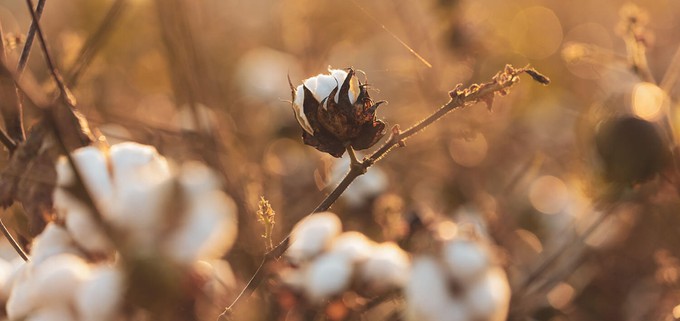
Overall, conventionally grown cotton is bad for the environment. Unfortunately, this is the type of cotton that’s most used in fast fashion clothing.
But you can reduce your environmental footprint by supporting ethical brands that use recycled or organic cotton. You can find hundreds of them on Project Cece. Just use our filters (like Material and Certificates) to narrow down your choices.
We think it’s time to cut out the bad fluff from our wardrobes. Don’t you?
Share our story
Related articles
WORST Fabrics for the Environment (& Greener Alternatives)
There are other factors to consider, but these are definitely some of the worst fabrics for the environment. Find out some kinder options, too.
Polyester vs Cotton: Is the Latter REALLY More Sustainable?
What if the 2 most popular fabrics were also some of the WORST for the planet? Here’s a simple polyester vs cotton comparison from a sustainability standpoint.
Conventional Cotton vs Organic Cotton: Differences & Sustainability
Sadly, natural doesn’t automatically mean sustainable, and that’s the case with cotton. Discover the differences between conventional cotton vs organic cotton!
Project Cece is a platform that collects ethical fashion from vetted brands and shops in one place. Browse ethical fashion for women and men and find items that fit your style, budget and values!
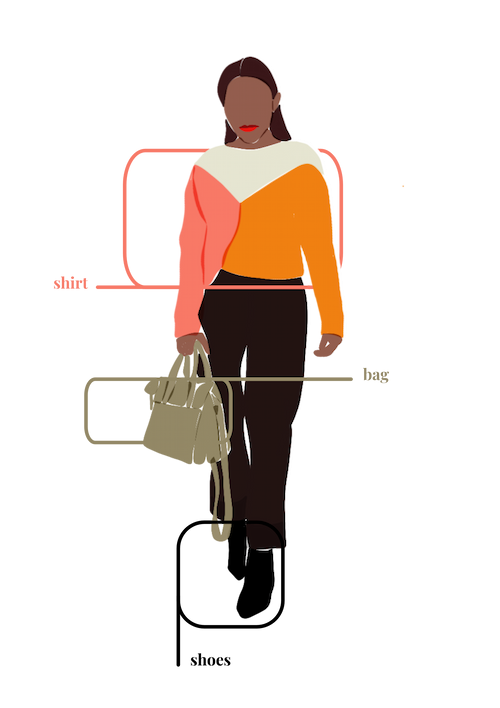

_large.png)
